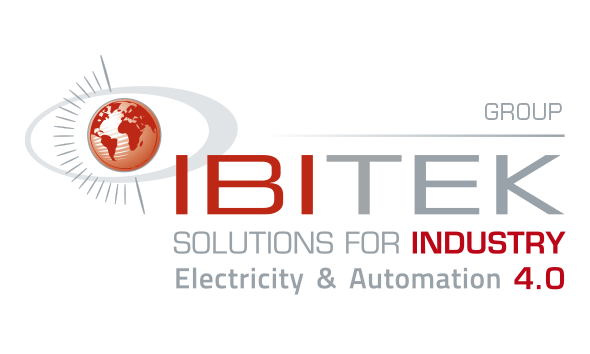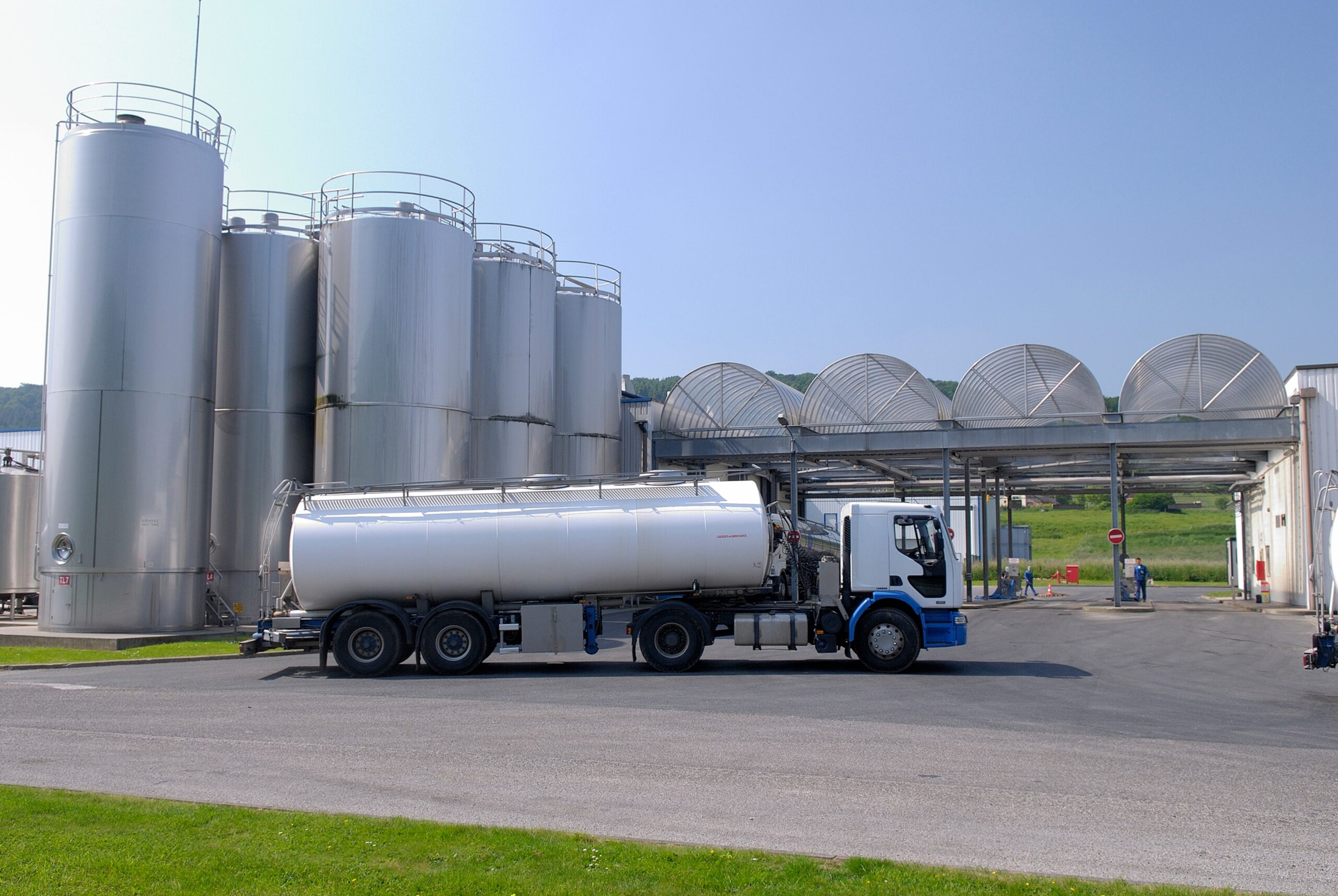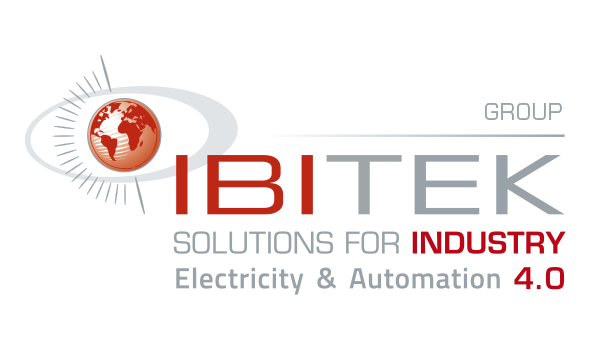In an increasingly competitive and demanding industrial world, the performance and efficiency of production processes have become top priorities for companies. Improving industrial productivity is essential to ensure sustainable growth and market leadership.
To achieve this, it is crucial to have appropriate, relevant and measurable key performance indicators (KPIs) to monitor and optimize the different aspects of production.
In this article, we will explain how to choose the right KPIs to improve your plant’s productivity, by analyzing the company’s needs and objectives, adapting the KPIs to the specifics of your industry, and using relevant and measurable KPIs for informed decision making.
Importance of KPIs for industrial productivity
In the industrial sector, productivity is essential to ensure the competitiveness and profitability of companies. Key performance indicators (KPIs) are measurement tools that allow production managers to track and improve the performance of their plant. Production KPIs are industry specific and offer insight into the overall health of the business, highlighting areas that need attention.
KPIs and Industry 4.0
With the advent of Industry 4.0, the importance of KPIs for production management has taken on a new dimension. Industry 4.0 relies on the use of real-time data, connectivity and automation to optimize production processes. KPIs, as quantifiable metrics, leverage relevant and specific behavioral data to improve production, reduce costs and increase customer satisfaction.
The main categories of KPIs for operational performance
Productivity and process efficiency
Productivity and process efficiency are key to ensuring the operational performance of a manufacturing company. Production KPIs measure the overall performance of production processes, including production volume, average production time, and machine utilization. For example, a key KPI for measuring productivity is the synthetic efficiency ratio (SER), which measures the overall efficiency of production equipment.
Timeliness and on-time delivery
Meeting delivery deadlines is crucial to customer satisfaction and company reputation. KPIs for on-time delivery include total production cycle time, days ahead of schedule, and on-time delivery rate. These metrics help track the manufacturing plant’s on-time performance and anticipate potential delays.
Inventory management and stocktaking
Effective inventory management is essential to minimize maintenance costs and production losses. KPIs for inventory and stock management include critical stock coverage, material quantity, and inventory turnover. These indicators track the availability of raw materials and ensure that inventory levels are maintained at an optimal level to avoid costly stock-outs or overages.
Resource utilization and performance
Resource performance, including labor and equipment, is a key factor in the success of a manufacturing business. KPIs for resource utilization and performance include equipment reliability, overtime, and productivity per shift. These indicators help monitor labor and equipment efficiency, identify bottlenecks, and optimize processes for optimal production.
Quality and scrap rate
The quality of finished products is a critical aspect of operational performance. KPIs for quality and scrap rate include quality rate, non-conformance rate and manufacturing defect rate. These indicators help track product quality throughout the production process and identify potential problems for quick resolution.
The 12 essential KPIs to improve industrial productivity
1. On-time delivery
On-time delivery rate is a key KPI to measure the company’s ability to meet the deadlines promised to customers. A high on-time delivery rate reflects effective supply chain management and a high level of customer satisfaction.
Calculation: Deliveries according to the initial program ÷ Orders of the initial program due
2. Plan for Fulfillment
Fulfillment planning is a KPI that measures the effectiveness of the implementation of production plans. Proper tracking of execution planning ensures that production goals are met and resources are optimally utilized.
Calculation: Deliveries according to original schedule ÷ Orders completed according to original schedule
3. Total Cycle Time
Total cycle time is a KPI that measures the time it takes to transform raw materials into finished products. Reducing cycle time can lead to improved productivity and reduced costs.
4. Production rate
Production rate is a KPI that measures the number of units produced per unit of time. A high production rate indicates an efficient use of resources and a good production capacity.
Calculation: Units produced / hours
5. Performance Utilization
Performance utilization measures the percentage of time that machines and equipment are actually used for production. High performance utilization indicates good equipment management and minimization of downtime.
Calculation: Actual output / potential output x 100
6. Changeover time
The changeover time is a KPI that measures the time it takes to move from one production run to another. Reduced changeover time indicates greater flexibility and the ability to adapt quickly to customer demands.
Calculation: Changeover time is the time it takes to unload/load, refit, calibrate and schedule a new job.
7. Quality Rate
Quality rate is a KPI that measures the percentage of products that meet established quality standards. A high quality rate indicates high quality production and a low probability of customer returns.
Calculation: Compliant parts produced ÷ total number of units produced
8. Scrap Rate
The scrap rate is a KPI that measures the percentage of defective or non-conforming products in relation to total production. A low scrap rate indicates better quality and reduced costs associated with defective products.
Calculation: Total scrap ÷ total product production
9. Planned Maintenance Percentage (PMP)
Planned Maintenance Percentage is a KPI that measures the proportion of maintenance tasks performed according to a pre-determined schedule. A high PMP indicates good equipment management and a reduction in unplanned downtime.
Calculation: Planned Maintenance Time / Total Maintenance Time
10. Availability
Availability is a KPI that measures the percentage of time machines and equipment are ready to be used for production. High availability indicates good equipment reliability and minimized downtime.
Calculation: Uptime / Availability + Downtime
11. Customer return rate
The customer return rate is a KPI that measures the percentage of products returned by customers due to quality or non-conformance issues. A low customer return rate indicates high customer satisfaction and high quality production.
Calculation: Rejected products ÷ Total number of products delivered
12. SRR/OEE – Synthetic Efficiency Ratio
Synthetic Efficiency Ratio (SER) or Overall Equipment Effectiveness (OEE) is a KPI that evaluates the efficiency of production processes by combining measures of availability, performance and quality. A high SRT indicates optimal production and efficient use of resources.
How to calculate the SRR, GRR and ERR indicators
The synthetic efficiency rate (SER), the overall efficiency rate (OER) and the economic efficiency rate (EER) are key performance indicators (KPI) that allow to evaluate the efficiency of production processes. Here is how to calculate them:
SRR: SRR is calculated by multiplying availability, performance and quality. Availability measures the percentage of time machines are operational, performance measures the production rate compared to the theoretical rate, and quality measures the percentage of conforming products.
OEE = Availability * Performance * Quality
FIT: FIT is similar to OEE, but it also takes into account maintenance costs and work-related accidents. It can be calculated by adjusting the OEE for these factors.
FIT = Performance x Quality x Availability (where availability = actual production time / operating time).
ERR: ERR is a more holistic measure that takes into account revenue generated versus idle capacity and overtime. The ERR is calculated by adjusting the FIT for these factors.
ERR as a percentage = (operating income – income taxes)/(funds or equity + financial debt) * (100)
How to choose the right KPIs for your company?
Analyze the company’s needs and objectives
Before selecting the right KPIs, it is essential to analyze the needs and objectives of the business. Identify the main areas of improvement and the objectives to be achieved in terms of productivity, quality, costs and customer satisfaction. This analysis will allow you to choose relevant KPIs that are aligned with the company’s priorities.
Adapting KPIs to the specificities of your business sector
Each business sector has its own specificities, and KPIs must be adapted accordingly. For example, manufacturing companies will need to focus on production-related KPIs, such as production volume, production cycle and machine utilization. Service companies might focus on KPIs related to customer satisfaction and noncompliance.
Use relevant and measurable KPIs
It is crucial to choose KPIs that are both relevant to the company’s goals and measurable. Measurable KPIs allow you to track progress over time and identify areas for improvement. The data collected must be reliable, accurate, and easily accessible to facilitate decision making and evaluation of maintenance events and production levels.
Conclusion
Choosing the right KPIs to improve industrial productivity is a crucial step for any company wishing to optimize its production processes and strengthen its market position. By taking into account the specific needs and objectives of the company, by adapting the KPIs to the particularities of your industry and by ensuring that the indicators are relevant and measurable, you will be able to set up an effective monitoring and evaluation system.
The right KPIs will allow you to identify areas for improvement, spot opportunities for growth and ultimately increase your company’s industrial productivity and profitability. Remember, it is essential to regularly review and adjust your KPIs to ensure that they remain aligned with your organization’s strategic objectives and continue to add value to your continuous improvement efforts.











